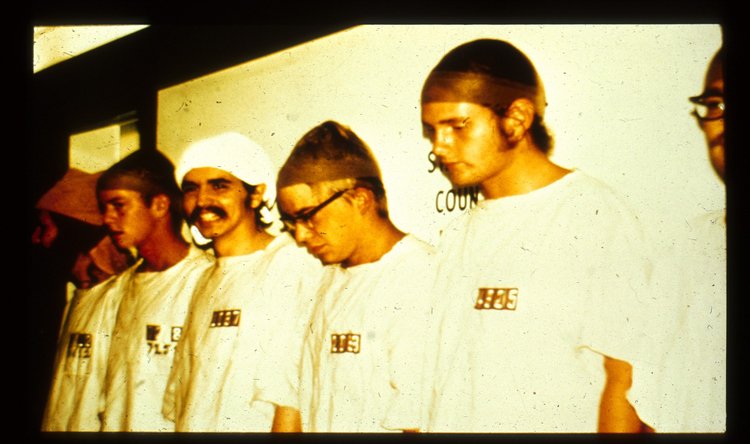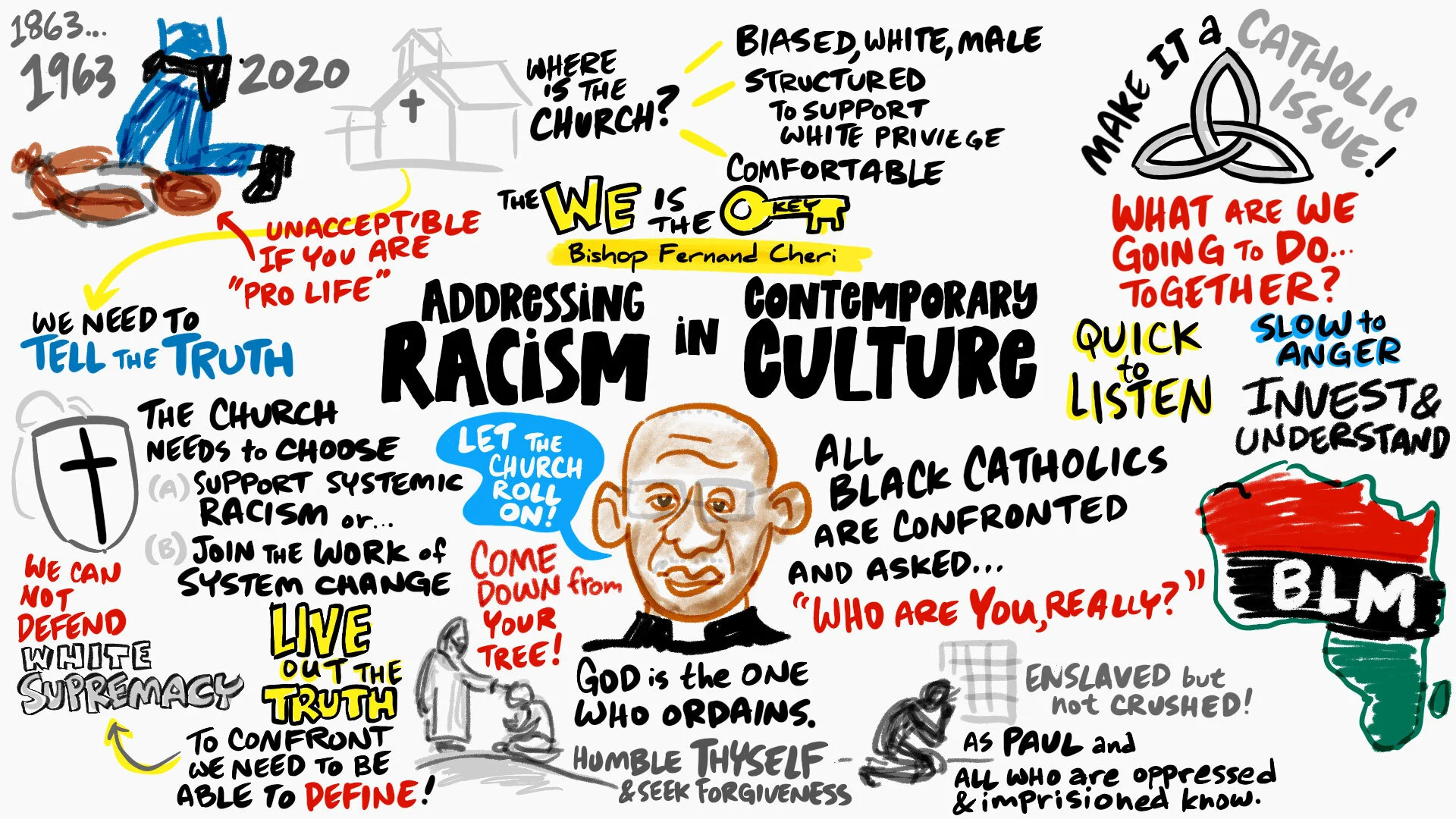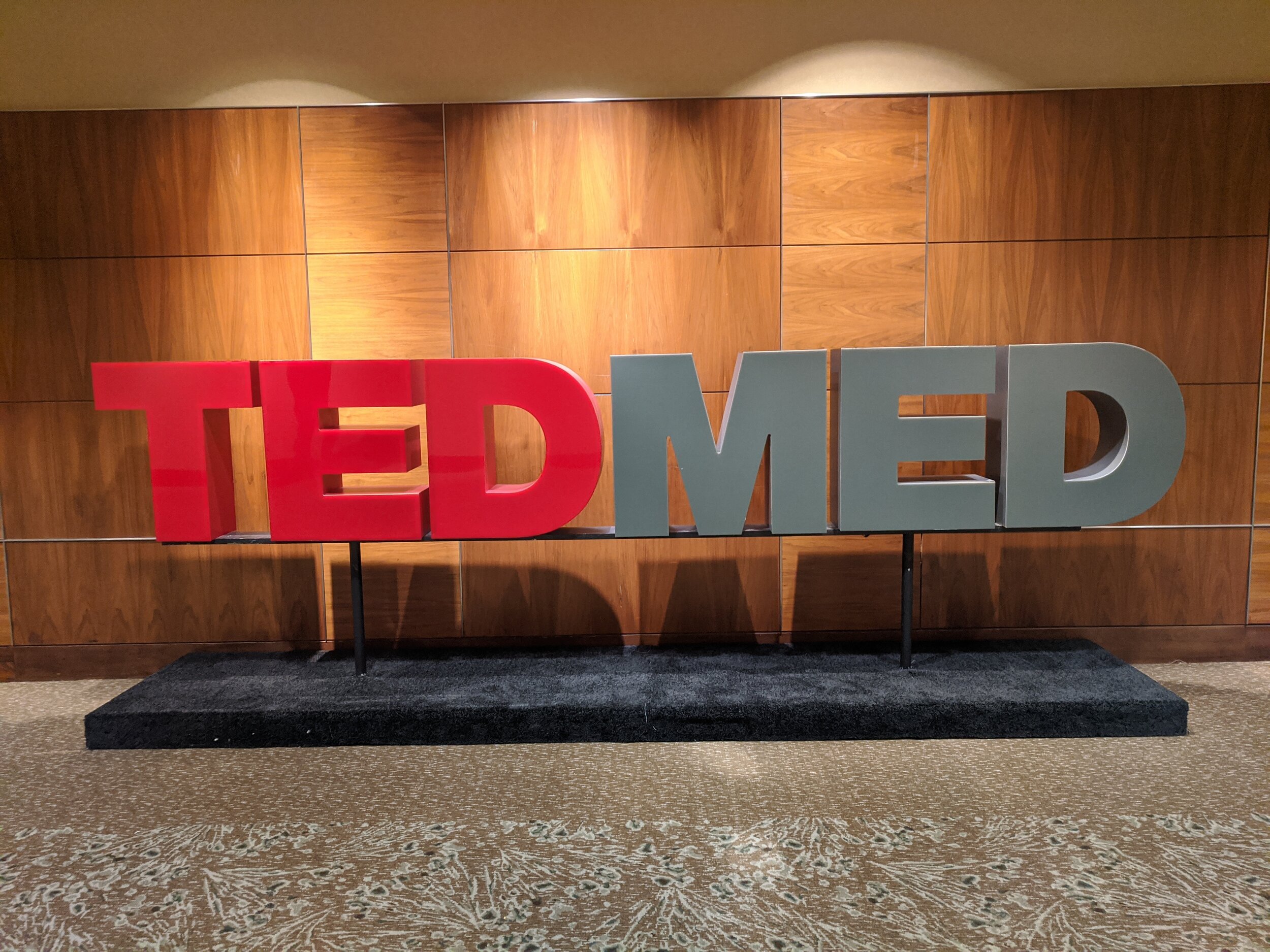Regardless of the debate on evolution reverberating still in America, the fact is, our brains were built for one purpose--survival in the natural world.
Have a look at this picture.. Where are the lions?
The brain is designed to take in massive amounts of information, concentrate on details, discriminate what is important, focus on a goal, design a plan and send out commands for action.
I was pleased to read that even in the eyeball-and-index-finger world of the web, that the same mental process is still taking place! More to the point--designers need to understand how the brain works in order to build navigation systems and information hierarchies that enable (rather than frustrate) our paleolithic instinct to hunter and gather.
According to Ben Hunt of Scratchmedia, a small consulting business based in the UK: "One way to think about designing for web users is to consider what the brain is good at, and to design to take the best advantage of those strengths."
From a post titled The Brain's Strengths on the blog, Web Design from Scratch:
Matching shapes
The minds of higher order animals are highly skilled at recognising things by their shape, or outline. We have an amazing ability to associate shapes with their meanings very quickly. This can be helpful for spotting your quarry when hunting in thick vegetation or in poor light. We're more likely to use this skill when associating the shape of an icon with 'I can make a printed version of this page if I move my mouse and click on that', or to decide to ignore a banner ad based on its shape.
Seeing patterns
Our brains are great at spotting associations between objects, based on similarities, alignment and grouping. This is helpful for working out where to move in order to separate an animal from its herd, or for telling which strangers belong to which tribes. Today, we're more likely to use this ability to find the navigation on a new site, or to tell at a glance how many unopened emails we have.
Focusing on the important; ignoring the unimportant
When we match shapes and patterns, we quickly sort what to focus on from what to ignore. This is a talent we share with all natural predators. If the brain loses its ability to filter out noise, we go mad. We use this skill every time we look at a web page, by scanning for clues that help us get nearer our goal.
High-speed problem solving
When faced with new problems, we're great at working out new ways of addressing them, even by abstracting patterns that have worked for different problems. Our minds are tuned for computing available information, and quickly choosing a most likely solution. (This capacity is one of the things that distinguishes the intelligence of apes from monkeys.)



















